
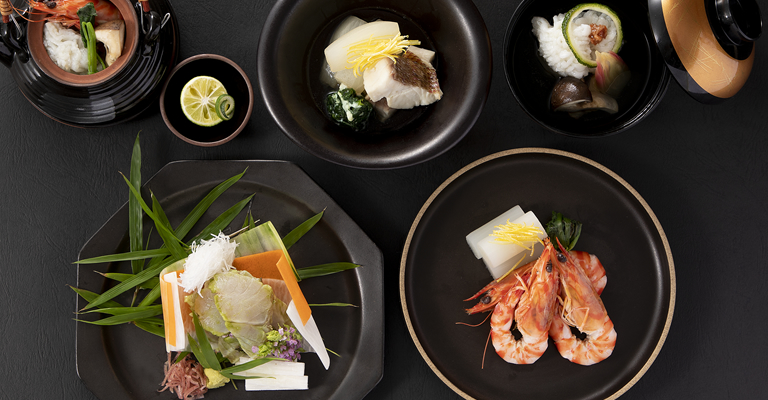


Study anytime, anywhere with your smartphone,
Lessons in your own kitchen.
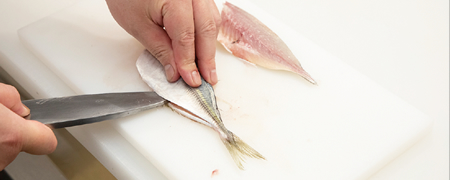
In each session, you will learn the basic techniques and cooking methods of Japanese cuisine.You can learn techniques as well as theory at your own pace.

Five days full of Japanese cuisine.
Schooled at Tokyo Yamate Culinary College.
1 day 10,000 yen
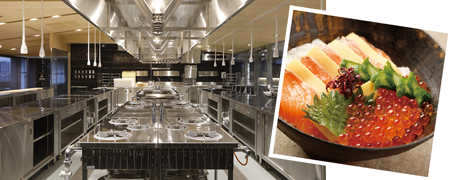
Five days of stimulating schooling in a professional space and equipment.Direct guidance by a top chef is a series of discoveries!
 Message
Message Program
Program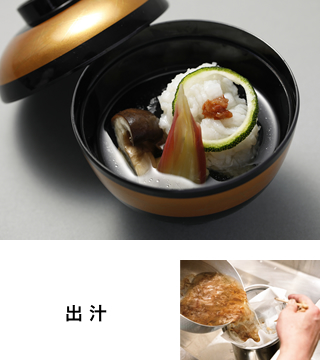
You will learn how to make dashi stock that maximizes the flavor of various ingredients.
Botan pike conger soup
●Dobin-mushi
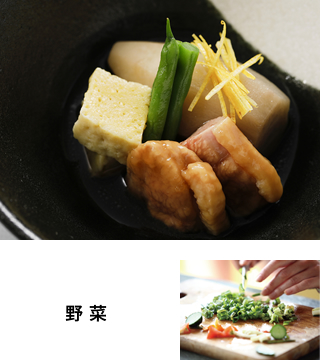
Learn how to use a kitchen knife, the right hand of a chef, and basic techniques to bring out the deliciousness of the dish.
●Shrimp taro and aigamo jibuni
Boiled seasonal encounters such as sea bream turnip and boiled young bamboo
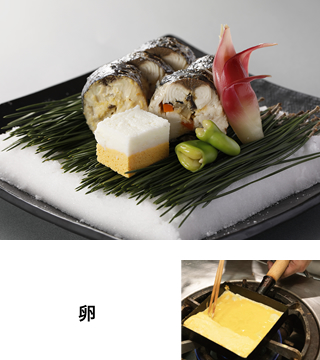
Knowing the coagulability of eggs brings out a smooth texture.
●Sandwich of mackerel(Kenchin)Grilled Murasame egg
●Eel rolled egg
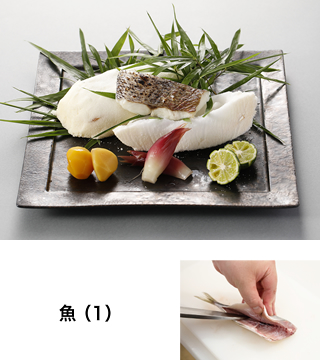
Master the basics of how to wholesale fish, how to cook it, and how to grill it to improve its taste.
Grilled sea bream with salt
Shiba-boiled shrimp
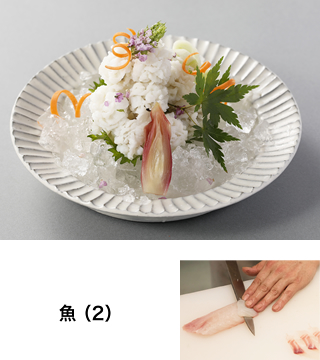
You will learn how to cut different types of fish, and how to present them beautifully, such as sashimi.
● Conger eel dust
Matcha Washed Sea Bream
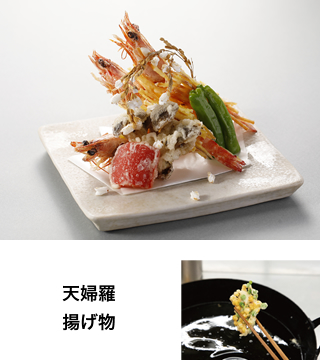
By knowing the temperature of the oil and how to make the batter, you can fry the tempura without stickiness.
● Deep-fried prawns
Deep-fried scallop and corn spring rolls